Today I want to talk about Balance.
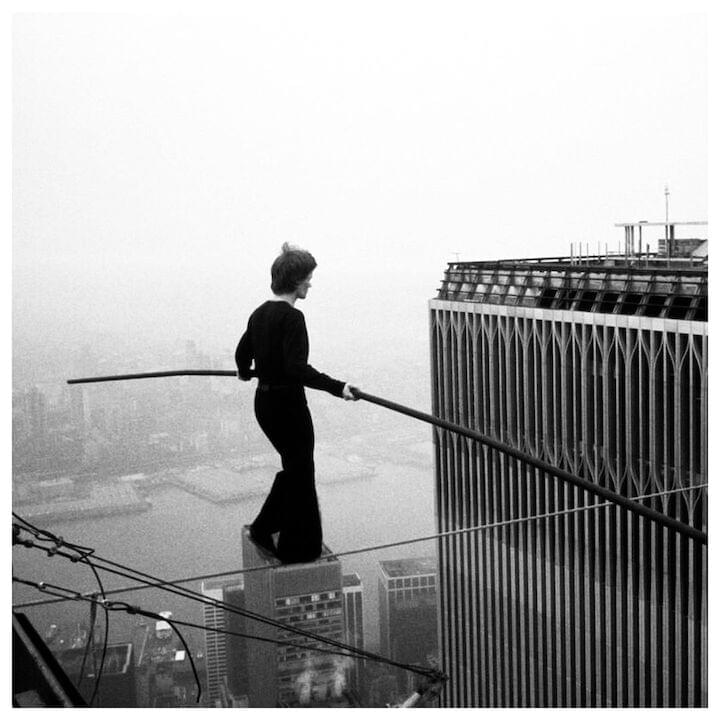
Image source Nitch.com
ok? Good…???
Stand UP,
Legs shoulder length apart- breath- think about how your body feels in space. Bend at the knees, ground yourself… you feel Balanced.
Now, pull up your right knee and clasp it in both hands, stand like this for 10 seconds… a little wobbly?
Now, extend your right leg forward lifting your foot as high as you can… How does that feel?
Now lean your head back as far as you can…
The Feeling of being physically Off Balanced can be similar when looking at Art, and Graphic Art, works in which the Artist has not got the work Grounded/Balanced
Types of Balance in Design:

Image source artclasscurator.com
Yet, please know that things are not as simple as they seem… Balance can also be a matter of Colour, Texture and Rhythm:

Image source ThoughtCo.com
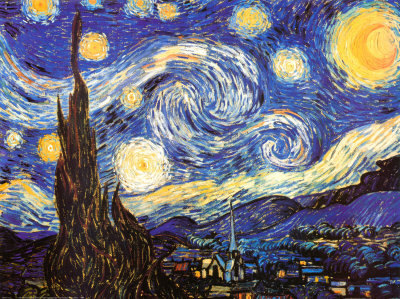
Image source Quizizz.com
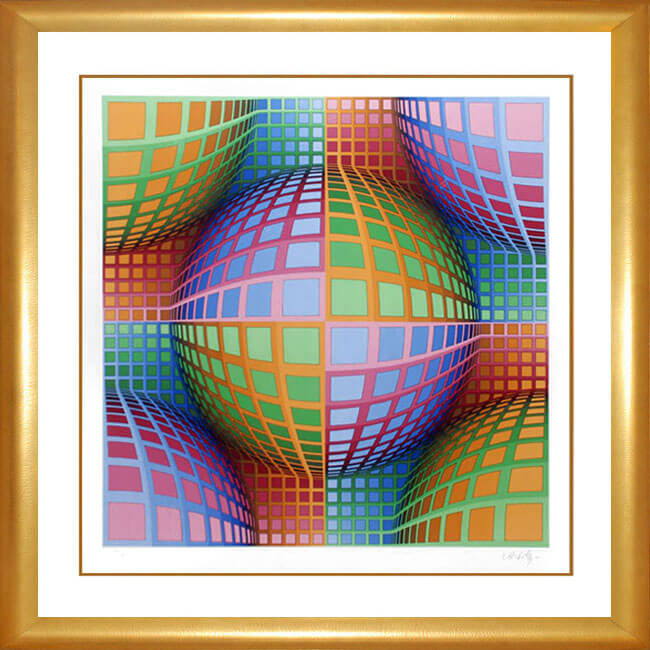
Image Source MasterworksFineArt.com
Art Class Curator has compiled some great examples
Click here to see some stunning designs by Farid Alam
How the Elements of Art Influence Balance
When creating an artwork, artists keep in mind that certain elements and characteristics have greater visual weight than others. In general, the following guidelines apply, although each composition is different and the elements within a composition always behave in relation to the other elements.
Colors
Colors have three main characteristics (value, saturation, and hue) that affect their visual weight. Transparency can also come into play.
- Value: Darker colors seem visually heavier in weight than lighter colors. Black is the darkest color and the heaviest weight visually, while white is the lightest color and the lightest weight visually. However, the size of the shape matters, too. For example, a smaller, darker shape can be balanced by a larger, lighter shape.
- Saturation: More saturated colors (more intense) are visually heavier than more neutral (duller) colors. A color can be made less intense by mixing it with its opposite on the color wheel.
- Hue: Warm colors (yellow, orange, and red) have more visual weight than cool colors (blue, green, and purple).
- Transparency: Opaque areas have more visual weight than transparent areas.
Shape
- Squares tend to have more visual weight than circles, and more complex shapes (trapezoids, hexagons, and pentagons) tend to have more visual weight than simpler shapes (circles, squares, and ovals)
- The size of the shape is very important; larger shapes are heavier visually than smaller shapes, but a group of small shapes can equal the weight of a large shape visually.
Line
- Thick lines have more weight than thin lines.
Texture
- A shape or form with texture has more weight than one that is not textured.
Placement
- Shapes or objects located toward the edge or corner of the composition have more visual weight and will offset visually heavy elements within the composition.
- Foreground and background can balance each other.
- Items can also balance each other along a diagonal axis, not just vertical or horizontal.
Any type of contrast can be employed in the striving for balance: still vs. moving, smooth vs. rough, wide vs. narrow, and on and on.
Balance is an important principle to heed (pay attention to), for it communicates so much about a work of art and can contribute to the overall effect, making a composition dynamic and lively or restful and calm.
(Text source https://www.thoughtco.com/definition-of-balance-in-art-182423)
Is ‘Off Balance’ a balance?
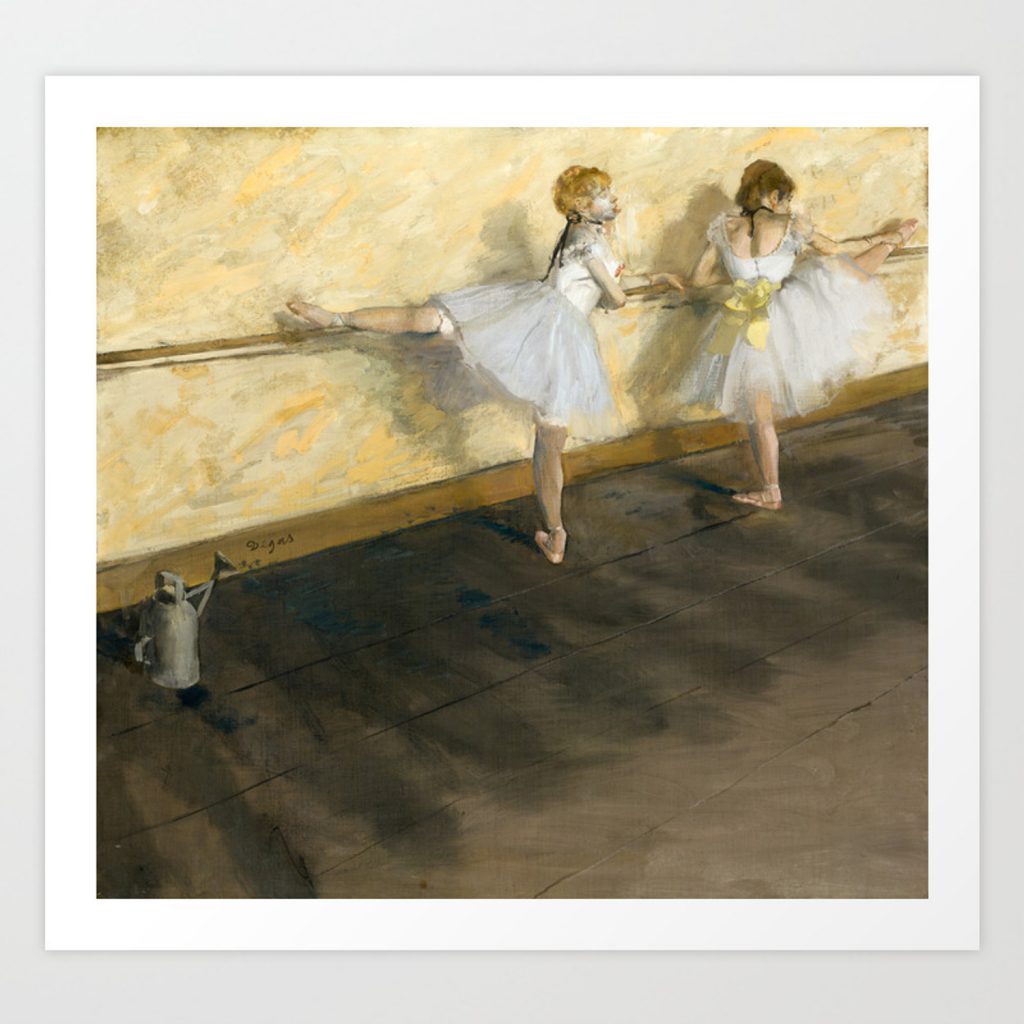
Edgar Dagas, 1877 Dancers Practicing at the Barre. Image source www.metmuseum.org
Paper cut collage will be our Medium Today
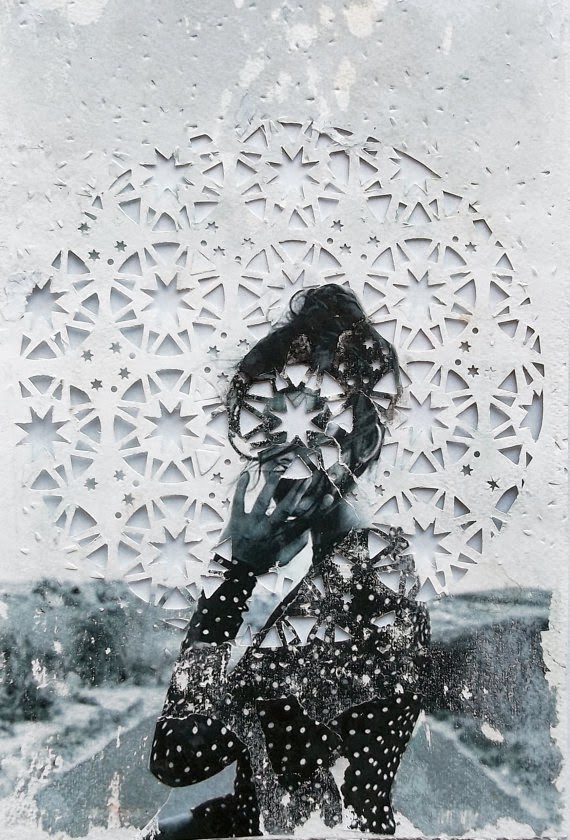
Image source of paperandthings.blogspot.com
Lets take at look at the Paper collage work of designer Elise Wehle
Those are BEAUTIFUL!!! Yet, for a one-day activity let’s just keep our simple!
On the paper provided you have this class to collage together examples of all three Balances:
- Symmetrical Balance.
- Asymmetrical Balance.
- Radial Balance.
Take a look at these Paper cut collages from createartwithme.com

Image source createartwithme.com

Image source createartwithme.com

Image source createartwithme.com
In your Collages, I am looking for some Detail, Fun and your Creativity: 10 marks each
At the end of class, please hand it in.
